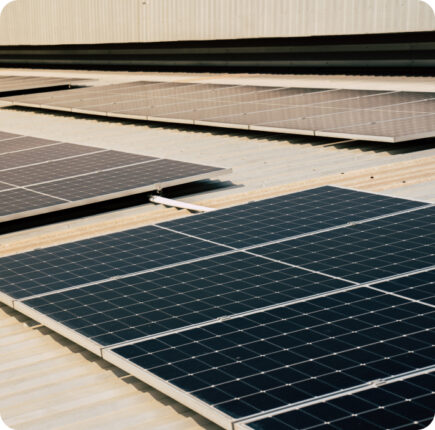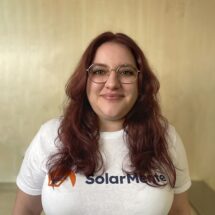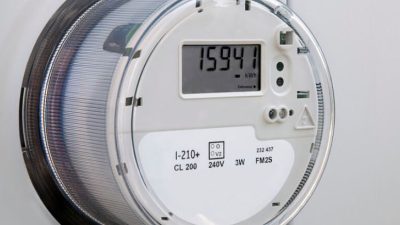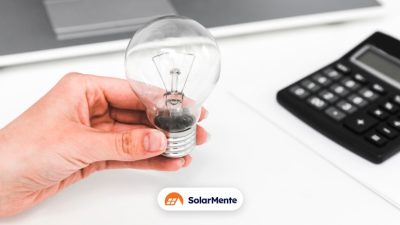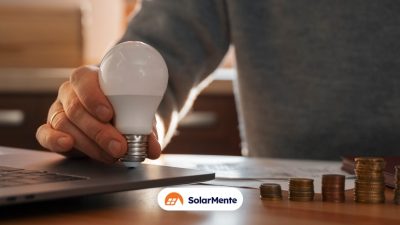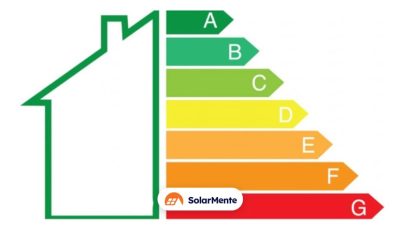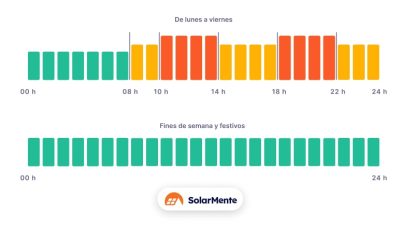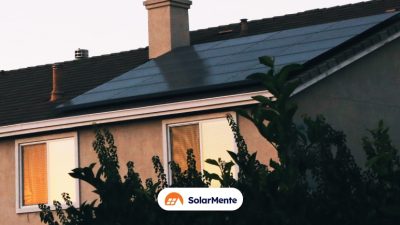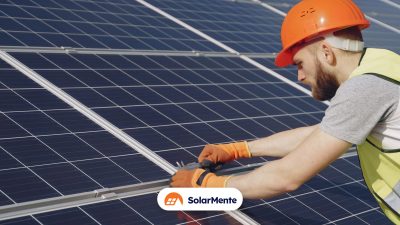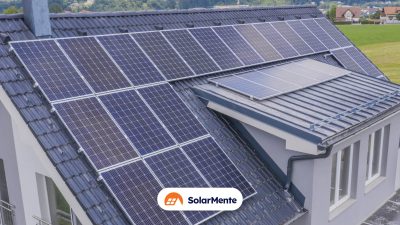Here we answer the 5 most frequently asked questions after installation.
Talking to our operations team and solar experts we have noticed that many of our users have the same questions about some issues after installation. Among them are:
How does surplus compensation work?
In order to understand the surplus compensation it is important to highlight that in each Autonomous Community (CCAA) it is different. Once the photovoltaic installation has been legalised according to the specific procedure of each Autonomous Community, it communicates the legalisation with the surplus discharge modality to the distribution company to which the customer’s CUPS corresponds.
There are 4 more questions that customers have asked us about this concern, which we answer in the following links:
- 🔌What is surplus compensation ?
- 🔌What does it mean to dump surplus?
- 🔌Can surplus electricity be sold?
- 🔌What is the price for surplus energy compensation ?
Is there a reduction of IBI for the installation of solar panels?
Yes, there is, and in some cases the IBI discount can mean up to a 50% reduction for 5 and a half years, which would drastically reduce the final price of your solar panel installation .
As a result of this concern, there are 4 more questions whose answers you will find here:
- 💰What is IBI?
- Can I save money with my solar panels?
- 💰How is IBI calculated?
- What happens to the IBI reduction if I am a tenant and not an owner?
What to do when the wifi from the router to the inverter goes down?
Here’s how to connect the wifi from the router to the Huawei inverter in the Fusion Solar 7 app on your Android device:
- 1. Connect to the local wifi of the Huawei inverter . Tap on the name of the inverter.
Note: You need to disconnect from any wifi or mobile data connection you may have. - 2. It will ask you for a password which will be: Changeme. And click on “Connect”.
- 3. Once connected to the inverter‘s local wifi , enter the solar fusion application and click on the 3 dots “…”.
- 4. A window will appear at the bottom of the screen: click on “Commissioning of the device”.
- 5. Scan the QR code of the inverter or select it manually.
- 6. It will ask for a username and password, select Installer and the password 00000a. Click on “Login”.
- 7. In the inverter window click on “Settings”.
- 8. In the next step click on “Communication settings”.
- 9. Click on “Router connection settings”.
- 10. Select the router in the drop-down menu, enter the router password and then click on “Connect”.
Note: If the signal is good enough, it should connect in a few moments.
11. The connection will turn green and the inverterwill be connected to the router’s wifi.
Are there any subsidies or reductions for solar self-consumption?
Yes, there are currently subsidies and reductions for this type of solar self-consumption investments.
For example, for 8 solar panels: a 3.6 kWp system with a price of 5.900€ (4.990€ without VAT), you can apply for the following reductions and subsidies:
- Subsidy from European funds: €600/kwp → 3.6 kwp x €600 = €2,160 reduction for subsidies.
- IBI reduction : 50% for 5 years. On average, another €1,560 reduction.
- ICIO reduction : 95% of 4% of the total price without VAT → 0.95 x 0.04 x €4,990 = €190 reduction.
Total discount: €3,850 reduction.
Total price of the solar installation: 1.990€.
Better knowledge about the availability of investment incentives and financing(subsidies and rebates) increases the willingness to undertake these solar self-consumption investments by approximately 10%, in the case of residential consumers.
How do different climates and seasons affect the production of panels?
To explain how climates and seasons affect solar production, it is important to mention here that PV panels can use either direct or indirect sunlight to produce energy, although they are most effective in direct sunlight. Even so, solar panels will continue to work even when the light is reflected or partially blocked by clouds.
Contrary to what might be expected, cloudy and rainy climates are often still popular locations for solar panel installations. A cloud can reflect or sometimes even magnify sunlight, resulting in additional energy production from your solar panels.
Below, to show this more visually we have a graph of monthly production of 1 kWp from solar photovoltaic panels located in central Spain, over the course of a year.
As we have seen, solar panels actually rely on sunlight, not heat from the sun. Therefore, electricity production in panels is also maintained in winter, and even on cloudy days.
And although in the summer months there are more hours of sunshine and therefore more energy and production from the panels, in the months with less sunshine in winter there is still a considerable amount of electricity production .
Here you can see in detail how different climates affect solar energy (on a clear day, on a cloudy day and on a rainy day) and how seasonal changes affect solar energy (in spring, summer, autumn and winter).
😊💡Don’t hesitate! At SolarMente we will be by your side to accompany you at all times and offer you the best solutions for your energy transition.
You can rest assured that we will help you with personalised attention, monitoring of your installation and we will be available whenever you need it.
We are on the road to a freer consumer and a cleaner world, and we want you to be part of it! 🌍🌱

